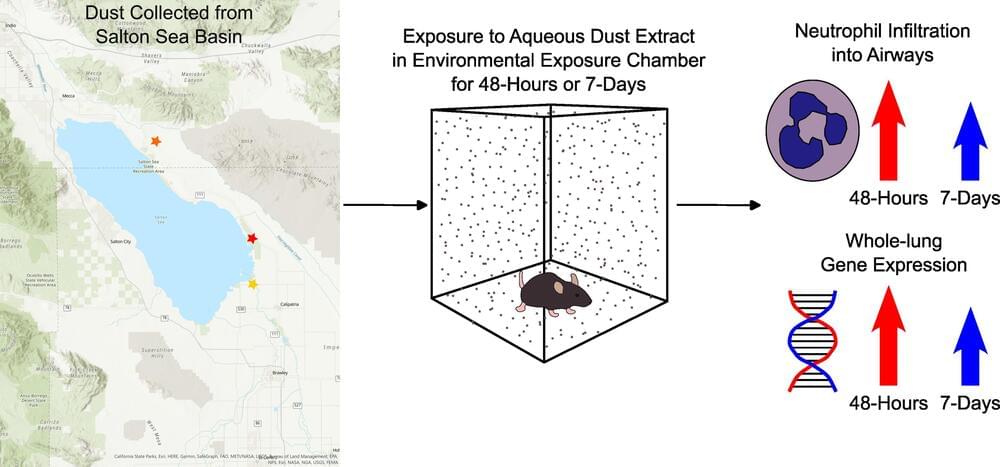The Salton Sea, the body of water in Southern California’s Coachella Valley and Imperial Valley, is shrinking over time as the planet warms and exposing more lakebed and new sources of dust in the process. High levels of dust already plague the region, a situation likely to worsen as the sea continues to shrink due to climate change.
Not surprisingly, the communities surrounding the Salton Sea have high rates of childhood asthma (20–22.4%)—much higher than the California average of 14.5%.
A University of California-Riverside (UCR) mouse study, led by Dr. David Lo, a distinguished professor of biomedical sciences in the School of Medicine, has found that dust collected at sites near the Salton Sea triggered lung neutrophil inflammation in mice. Neutrophils are a type of white blood cells that help fight infection.




 עברית (Hebrew)
עברית (Hebrew)